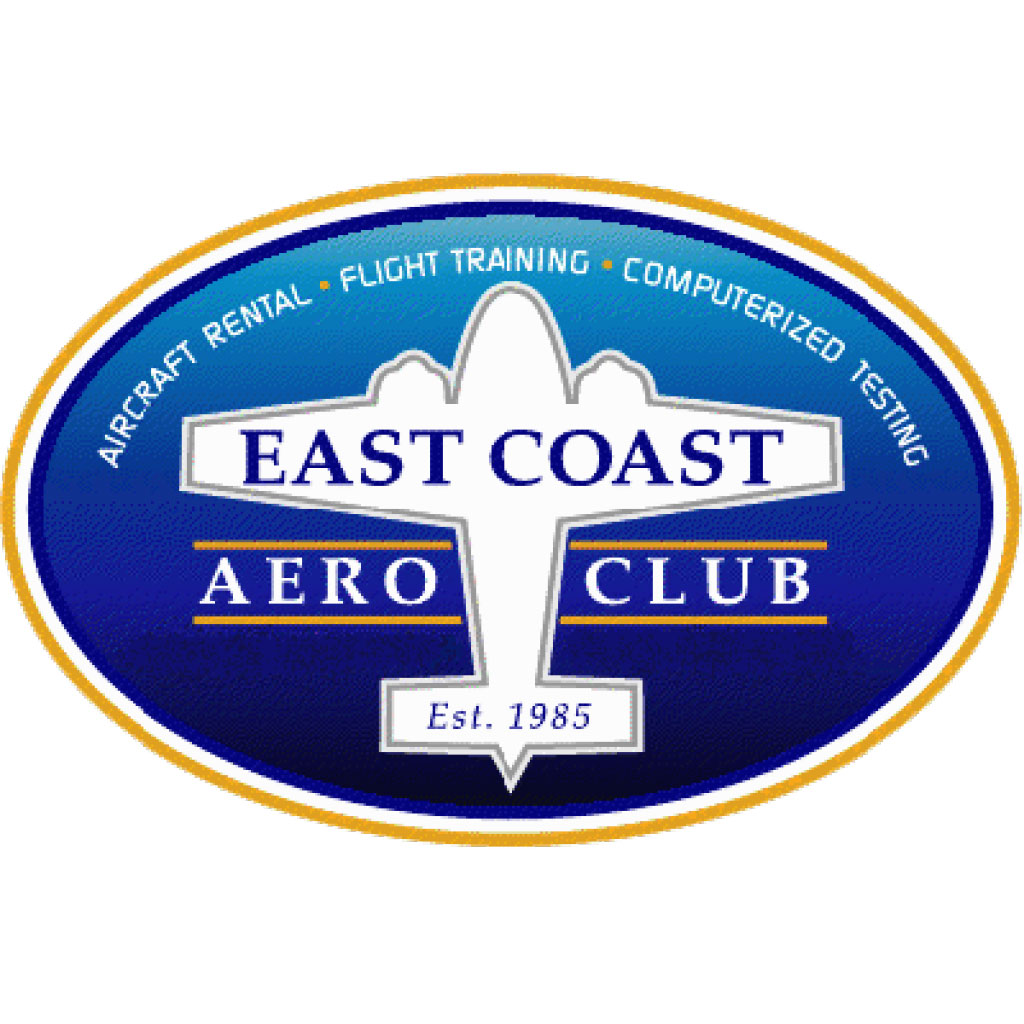Understanding the flight training process can be quite baffling. This section should hopefully give you an insight into the various stages associated with the pursuit of a Private Pilot Certificate, from initial interest to issuance of your certificate.
Step 1: Take an Introductory Flight
 If you are interested in learning to fly, an East Coast Aero Club Introductory Flight is the first logical step. During your first flight, an experienced flight instructor will take you through an abbreviated lesson from preflight to tie down. You will have the opportunity to taxi the airplane and once at altitude, you will have what will likely be your first experience with flying an airplane over lovely New England. This will also be the first entry in your pilot logbook, as the flight time counts towards a private pilot certificate.
If you are interested in learning to fly, an East Coast Aero Club Introductory Flight is the first logical step. During your first flight, an experienced flight instructor will take you through an abbreviated lesson from preflight to tie down. You will have the opportunity to taxi the airplane and once at altitude, you will have what will likely be your first experience with flying an airplane over lovely New England. This will also be the first entry in your pilot logbook, as the flight time counts towards a private pilot certificate.
Step 2: Post-Flight Evaluation
Once you have completed the introductory flight you should evaluate whether you think flying is for you. For those who truly believe they want to fly, but found the first flight a bit nerve-racking, we recommend taking a few lessons. Flying in small airplanes is usually a new experience for most people and often a few flights will allow a person to become accustomed to the unique sensations that lie at the root of many a pilots’ passion for flying small aircraft.
Step 3: Determine How to Finance Your Training
Flying may not be the cheapest hobby, but it is likely the most exhilarating. We have created pages for each certificate or rating a pilot can obtain. These pages allow you to see the average cost of obtaining the various pilot certificates and ratings available. While we do require students to maintain a minimum balance of $100 on account with the Club, you may pay for your training as you go. Our students pay for their training in one of two ways:
- Cash – East Coast Aero Club offers block discounts when a certain amount of money is put on account with club
- Credit Cards – We accept Visa, MasterCard and Discover
- Financing – with pilotfinance.com
Step 4: Start Your Training
Now that everything is in place, you are well on your way to becoming a pilot. At this point you will have access to our online scheduling system and can schedule flying lessons as frequently as you’d like. Visit our pages describing the various certificates and ratings to learn more about the elements that must be completed during your training.
Step 5: Get an FAA Medical Exam and Student Pilot Certificate
Shortly after you begin your training, your instructor will provide you with the names of local FAA-approved medical examiners or you may find one here. You must visit one of these examiners for a physical-like checkup to ensure that you are in safe health to fly. It is a common misconception that people without perfect vision are banned from flying; however, this is not true. Examiners will test your corrected vision. Upon successfully completing the exam you will have a current medical certificate and a student pilot certificate that must be endorsed by your instructor.
Step 6: Fly Solo
One of the proudest moments in a student’s flight training is taking the runway for the first solo flight. This flight will be in the traffic pattern only, to practice takeoffs and landings, but soon after, the student will venture to the practice area and then off on cross-country trips.
Step 7: Pass the FAA Written Exam
By this point you will have spent a great deal of time learning from your instructor – both on the ground and in the air and you are more than prepared to pass this multiple choice exam.
Step 8: Complete Your Flight Training
Your instructor will determine when you are ready to take the FAA Practical Test, which is comprised of an oral exam and a flight test with an FAA Designated Pilot Examiner. Before your skills are tested, the instructor will take you on at least one mock test.
Step 9: Pass the FAA Practical Test
The big day has finally arrived. You have trained hard and by all means are a safe and competent pilot – we know that – you just need to prove it to the FAA. You may be nervous, but we are confident that you will pass because you have demonstrated to your instructor that you have what it takes.
Step 10: Enjoy the Freedom of Flight

Congratulations! You are a certificated pilot! You can now travel to different places in less time and expose your family and friends to the joys of flight. At this point you may also decide to pursue other ratings with our flight school, such as an Instrument Rating to expand your capabilities as a pilot.





